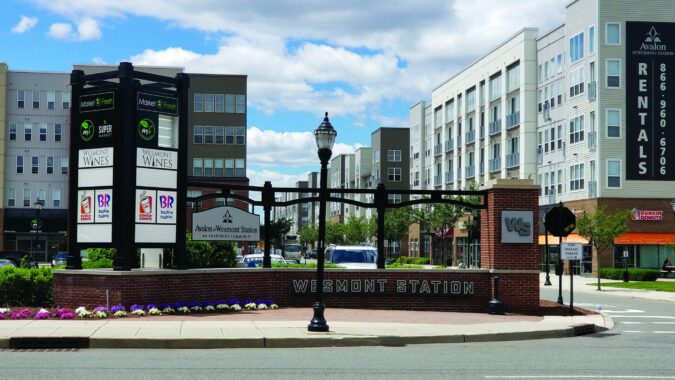Neighborhoods located near public transit services experience commercial real estate sales prices that can be as much as 42% higher than those farther away, according to a report by the American Public Transportation Association and the National Association of Realtors®, called “The Real Estate Mantra – Locate Near Public Transportation.”
The report explored seven metropolitan regions – Boston, MA; Eugene, OR; Hartford, CT; Los Angeles, CA; Minneapolis-St. Paul, MN; Phoenix, AZ; and Seattle, WA that provide access to heavy rail, light rail, commuter rail and bus rapid transit. Residential properties within these areas had a higher median sale price of 4-24% between 2012 and 2016, the report found. Commercial property values also experienced gains in the studied cities, where four of the regions saw median sales price per square foot increase between 5 and 42 percentage points in areas close to public transit.
Data also showed that residents of transit-oriented areas experience lower transportation costs, have higher access to jobs and are less likely to own cars. Transportation costs in transit-oriented areas are significantly lower than other regions, with an average annual savings of $2,500 to $4,400 for the typical household. One in four households in close proximity to transit do not own a vehicle, according to the study.
The seven sample areas were examined by residential and commercial sales performance, rent, neighborhood characteristics, local government interventions and housing affordability for properties near transit.
“Public transit’s benefits go beyond moving people from point A to point B,” said APTA President and CEO Paul P. Skoutelas. “Public transportation is a valuable investment in our communities, our businesses, and our country. Public transportation gets people to jobs and educational opportunities and helps businesses attract employees and customers.”
“Access to public transportation is a hugely valuable community amenity that increases the functionality and attractiveness of neighborhoods, making nearby communities more desirable places to live, work and raise a family,” said NAR 2019 First Vice President Charlie Oppler, who spoke at Monday’s press conference. “The results of our report, conducted over multiple years alongside the American Public Transportation Association, should reiterate to policymakers at all levels of government the importance of investing in modern, efficient infrastructure that facilitates growth and helps our nation keep pace in a rapidly evolving world.”
Neighborhoods with high-frequency public transportation are in high demand. While property values and rents have risen, contributing to a healthy local economy, the rapidly increasing demand for housing near public transit has resulted in constrained housing supplies.
“As the conversation surrounding housing affordability continues, public transportation agencies are critical allies in working with elected officials and community leaders in the effort to increase housing opportunities and maximize value around stations,” said Skoutelas.
To read the full study, visit: apta.com/real-estate


